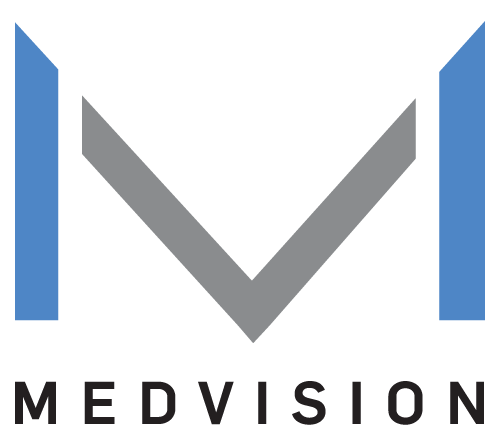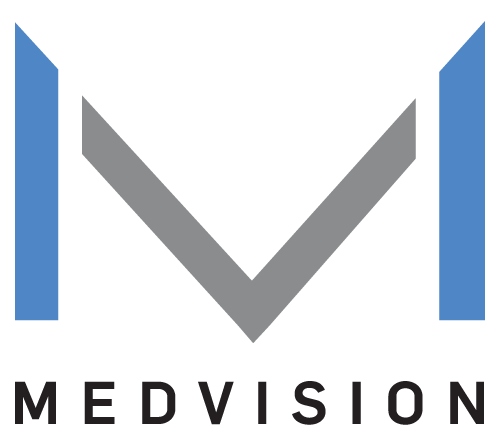5 Ways Healthcare Payers Can Reduce Unnecessary Spending
The United States spends more money on healthcare than any other country in the world. You may ask, are these high expenditures on healthcare justified? The reality is that an enormous chunk of expenditures is due to unnecessary and wasteful spending. According to a recent report released by the American Health Policy Institute, unnecessary and wasteful spending accounts for 20 percent of total healthcare costs. Prior reports have shown that wasteful spending could even reach as high as 30 percent to 40 percent of total healthcare costs.
This number is staggering, considering the countless better uses this wasted money could go toward, such as providing better patient care. This is why it is absolutely crucial that both healthcare payers and providers discover new ways to reduce unnecessary and wasteful spending. Studies have shown that reducing wasteful spending can not only lower costs but can also lead to higher quality care.
1. Data Analysis and Quality Reporting
In order to reduce wasteful spending, the first step is to identify the source(s) of your wasteful spending. By analyzing your claims data, you can create score cards to show spending areas that have been successful and spending areas that can be improved. Having a claims processing software with integrated data analytics can save time and make identifying wasteful spending significantly easier. MedVision’s software, QuickCap, has integrated tools that can quickly predict medical expenses, identify areas of wasteful spending, and generate actionable reports and graphs from the data.
2. Switch to a Bundled, Valued-Based Payment Model
Bundled payments have shown to offer payers a low-risk way to manage healthcare payments, decrease the cost of care, and increase the quality of care. For a bundled payment, payers are only responsible for a single flat fee that included all services defined in an episode of care. This offers a much lower risk than other types of valued-based models and makes managing reimbursement totals much simpler. According to a study conducted by DRIVE Health Initiative, bundled payment amounts were found to be 10 percent to 12 percent lower than fee-for-service amounts for certain surgical procedures.
3. Change Care Plans to Emphasize Wellness and Disease Prevention
Potential unnecessary healthcare spending can be avoided early on. Choosing care plans that emphasize wellness and disease prevention is a very important step. A new rule allows payers to add supplemental benefits to patient care plans. These include things such as more preventive exams and screenings to help reduce higher healthcare expenses later on. Payers have the option to also send reminders in the mail so that care plan members don’t forget their yearly physicals. Lastly, payers can further reduce wasteful spending by educating patients and encouraging the use of primary/urgent care vs. the emergency room.
4. Population Health Management
Predictive modeling is a powerful tool that allows payers to identify high-risk patients, rank their predicted medical costs, and find actionable preventative solutions to avoid unnecessary treatment and expenses. Bundled payments, when combined with predictive modeling, can actually work well together. Bundled payments with long treatment periods that address all of the conditions of high-risk populations can provide payers, providers, and patients with huge long-term cost savings.
5. Use an Efficient Claims Processing Software
Surprisingly, a heavy portion of unnecessary healthcare expenses is caused by using inefficient claims processing software. Software inefficiencies can greatly slow down the workflow of your staff and increase the amount of manual errors, which ultimately increases unnecessary spending. Using efficient claims processing software, such as QuickCap, can help to greatly reduce unnecessary spending. QuickCap accelerates the payer workflow by automating most claims processes and providing a visual dashboard to help visualize the entire claims process. Save up to 60% with QuickCap's solutions.












